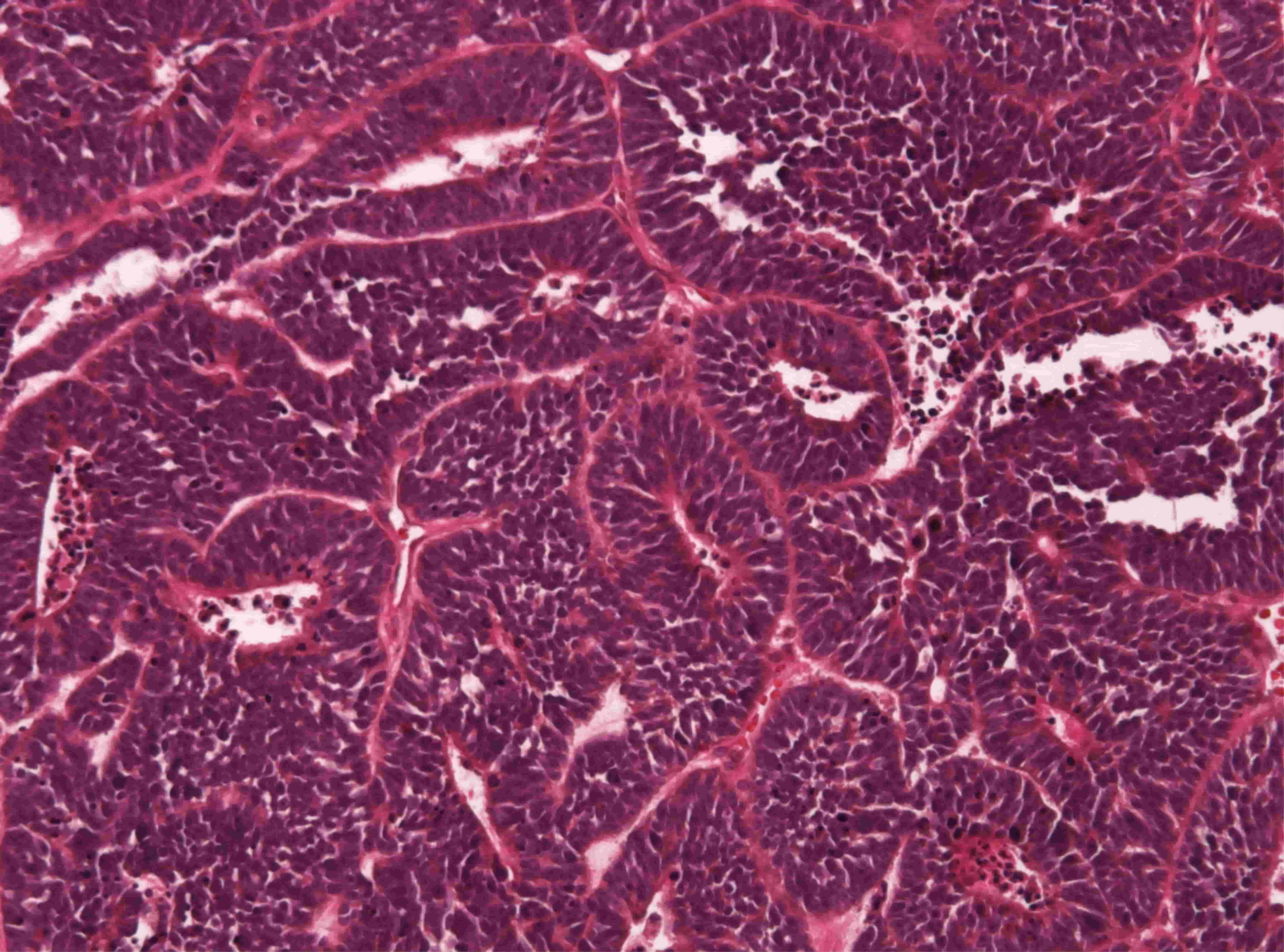
Ependymoblastoma is a rare, aggressive brain tumor that primarily affects young children. This type of cancer originates in the brain's ventricles, where cerebrospinal fluid is produced. Ependymoblastoma is known for its rapid growth and tendency to spread within the central nervous system. Diagnosing and treating this tumor can be challenging due to its rarity and complex nature. Understanding the key facts about ependymoblastoma can help in recognizing symptoms early, seeking appropriate medical care, and supporting ongoing research efforts. Here, we delve into 30 crucial facts about ependymoblastoma to shed light on this serious condition and provide valuable information for patients, families, and healthcare professionals.
Key Takeaways:
- Ependymoblastoma is a rare, aggressive brain tumor that mostly affects young children. Early recognition of symptoms and timely treatment are crucial for better outcomes and improved survival rates.
- Treatment for ependymoblastoma involves surgery, radiation therapy, and chemotherapy. Ongoing research is exploring new approaches like stem cell transplants and immunotherapy to improve treatment outcomes and quality of life.
What is Ependymoblastoma?
Ependymoblastoma is a rare, aggressive type of brain tumor that primarily affects young children. Understanding this condition can help in recognizing symptoms and seeking timely treatment.
- Ependymoblastoma is classified as a primitive neuroectodermal tumor (PNET), meaning it originates from primitive nerve cells in the brain.
- This tumor is most commonly diagnosed in children under the age of five.
- Symptoms often include headaches, nausea, vomiting, and balance issues due to increased pressure in the brain.
- Ependymoblastoma can occur in any part of the brain or spinal cord but is most frequently found in the cerebral hemispheres.
- The exact cause of ependymoblastoma remains unknown, though genetic factors may play a role.
- Diagnosis typically involves imaging tests like MRI or CT scans, followed by a biopsy to confirm the tumor type.
- Treatment usually includes a combination of surgery, radiation therapy, and chemotherapy.
- Ependymoblastoma has a high recurrence rate, making long-term follow-up essential.
- The prognosis for ependymoblastoma is generally poor, with a five-year survival rate of less than 30%.
- Research is ongoing to find more effective treatments and improve survival rates for children with this condition.
Symptoms and Diagnosis
Recognizing the symptoms early can lead to a quicker diagnosis and potentially better outcomes. Here are some key points about the symptoms and diagnostic process.
- Common symptoms include irritability, lethargy, and changes in behavior or personality.
- Seizures may also occur, depending on the tumor's location in the brain.
- Vision problems, such as double vision or loss of vision, can be a symptom if the tumor affects the optic pathways.
- Difficulty swallowing or speaking may arise if the tumor is located near the brainstem.
- A lumbar puncture, or spinal tap, may be performed to check for cancer cells in the cerebrospinal fluid.
- Genetic testing can sometimes identify mutations associated with ependymoblastoma.
- Advanced imaging techniques, like PET scans, can help determine the tumor's metabolic activity and spread.
- Neurological exams are crucial for assessing the impact of the tumor on brain function.
- Early diagnosis is critical for initiating treatment before the tumor grows or spreads further.
- Misdiagnosis is possible due to the rarity of the condition, emphasizing the need for specialized medical evaluation.
Treatment Options
Treatment for ependymoblastoma is complex and often involves multiple approaches. Here are some facts about the various treatment options available.
- Surgery aims to remove as much of the tumor as possible while minimizing damage to surrounding brain tissue.
- Radiation therapy targets remaining cancer cells post-surgery but can have significant side effects, especially in young children.
- Chemotherapy uses powerful drugs to kill cancer cells but also affects healthy cells, leading to side effects like hair loss and fatigue.
- Clinical trials may offer access to new, experimental treatments that are not yet widely available.
- Stem cell transplants are being explored as a potential treatment to replace damaged cells with healthy ones.
- Supportive care, including physical therapy and counseling, is essential for managing symptoms and improving quality of life.
- Proton therapy, a type of radiation treatment, is being studied for its potential to reduce side effects compared to traditional radiation.
- Immunotherapy, which boosts the body's immune system to fight cancer, is another area of ongoing research.
- Personalized medicine approaches, which tailor treatment based on the genetic profile of the tumor, are showing promise.
- Palliative care focuses on relieving symptoms and providing comfort when curative treatment is no longer an option.
Final Thoughts on Ependymoblastoma
Ependymoblastoma is a rare, aggressive brain tumor primarily affecting young children. Understanding its symptoms, causes, and treatment options is crucial for early detection and effective management. Symptoms often include headaches, nausea, and balance issues. Causes remain largely unknown, though genetic factors may play a role. Treatment typically involves surgery, radiation, and chemotherapy, but the prognosis varies.
Raising awareness about ependymoblastoma can lead to better research funding and improved outcomes for affected children. Families facing this diagnosis should seek support from medical professionals and support groups. Staying informed and proactive can make a significant difference in managing this challenging condition.
Remember, knowledge is power. By spreading awareness and supporting research, we can hope for better treatments and, ultimately, a cure for ependymoblastoma. Stay vigilant, stay informed, and support those in need.
Frequently Asked Questions
Was this page helpful?
Our commitment to delivering trustworthy and engaging content is at the heart of what we do. Each fact on our site is contributed by real users like you, bringing a wealth of diverse insights and information. To ensure the highest standards of accuracy and reliability, our dedicated editors meticulously review each submission. This process guarantees that the facts we share are not only fascinating but also credible. Trust in our commitment to quality and authenticity as you explore and learn with us.
